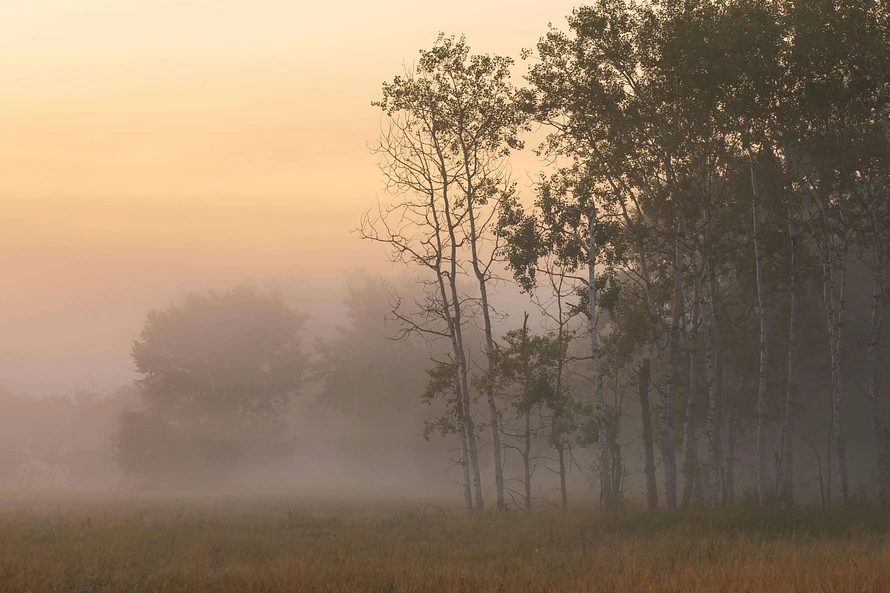From Hodags to Hoaxers: Wisconsin’s Long History of the Unexplained
Wisconsin wears its mysteries well. Between thick pine forests, endless lakes, and stretches of farmland where the night sky swallows everything, the state has always provided fertile ground for stories that sit somewhere between fact and folklore.
One of the earliest and most enduring legends is the Hodag, first “discovered” in Rhinelander in 1893 by timber cruiser Eugene Shepard. With glowing eyes and spines down its back, the creature was said to be so fierce that it took a team of men, dogs, and dynamite to subdue. While Shepard later admitted to staging the beast, the Hodag refused to fade away. Today, Rhinelander proudly embraces it as a mascot — a reminder that even a hoax can shape local identity when the story resonates.
The Hodag isn’t alone. The state’s history is scattered with tales of creatures, ghosts, and unexplainable happenings. Reports of lake monsters ripple out of places like Rock Lake and Devil’s Lake. Rural communities have passed along accounts of phantom lights in the woods or sounds on back roads that can’t be explained away by coyotes or wind. Farmers in Elkhorn still tell of the Beast of Bray Road, a wolf-like figure said to haunt the edges of fields and tree lines. Long before any of these were written down, Wisconsin’s Native nations carried stories that spoke to the power and mystery of the land itself.
What makes Wisconsin especially fertile ground for these stories is the blend of isolation and community. Long winters kept people indoors, where storytelling was a way to pass the time. In logging camps, the sharp rhythm of axes echoed through the day, while at night, men traded strange stories by the glow of lanterns. In farmhouses, with snow pressing against the windows, families told tales that blurred the line between entertainment and testimony.
Skeptics will point out that the state has produced its share of hoaxers, too. From newspaper stunts in the late 1800s to roadside attractions in the mid–20th century, Wisconsin has seen its fair share of fabricated monsters and tall tales. But whether born of trickery, imagination, or honest misinterpretation, these stories endure because they speak to something deeper: the sense that the landscape itself might still hold surprises.
And maybe that’s why new legends continue to take root here. The unexplained thrives in Wisconsin not only because the woods are dark and the waters deep, but because people here understand that stories matter. They shape how we see our surroundings, and they connect us to one another.
Photo by Dave Hoefler on Unsplash
